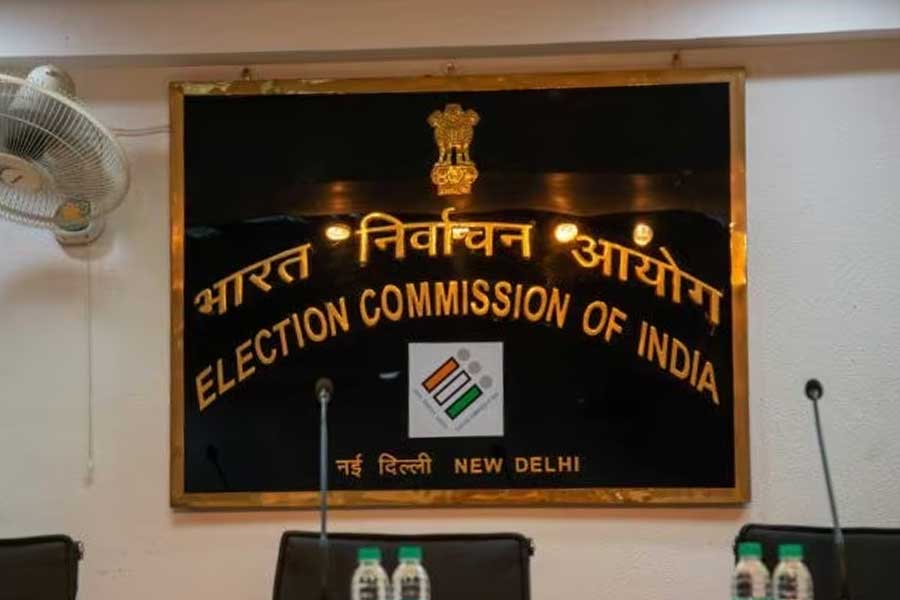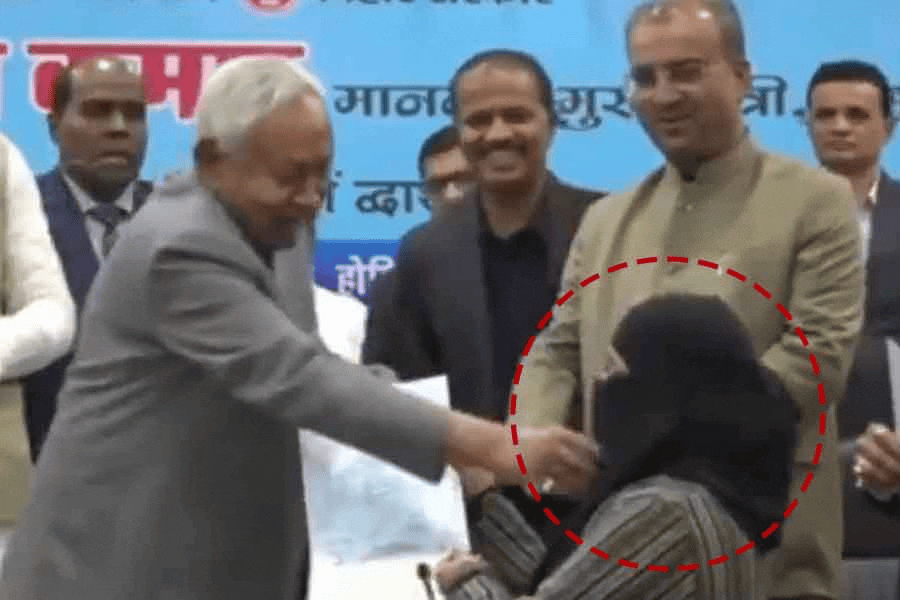Continued uncertainty over tariffs coupled with a global economic slowdown, especially in the US, poses downside risk to India’s export demand and could weigh on the country’s trade performance in the coming quarters, the finance ministry said in its monthly bulletin.
The country’s total merchandise exports during June 2025 were $35.14 billion compared with $35.16 billion in June 2024. Merchandise imports during June 2025 were $53.92 billion against $56 billion in June 2024.
The finance ministry review for June observed that amid a global shift towards strategic realignment, India is actively pursuing a diversified trade strategy. Having already signed a trade agreement with the UK, the country is actively pursuing FTA negotiations with the US, New Zealand, Chile and Peru.
“Given the US’s position as India’s key export destination, the two countries are finalising a bilateral trade. Furthermore, a NITI Aayog report, which, inter alia, analyses the impact of recent US tariffs on India, underscores the country’s relative advantage to expand market share in sectors such as pharmaceuticals, textiles, and electrical machinery, capitalising on this strategic window,” the finance ministry report said.
“There is always some give and take when it comes to an FTA, so that ultimately it is a win-win for both sides. I think that balance is yet to be achieved. A deal with the US is very important as it is our largest trading partner. We are confident that our negotiators will get a very good deal and we will be able to enhance our trade even more,” said Dammu Ravi, secretary (economic relations), ministry of external affairs, at a session organised by the Merchants Chamber of Commerce organised in Calcutta on Monday.
The finance ministry report, however, argued that India’s macroeconomic fundamentals have remained resilient despite global headwinds marked by trade tensions, geopolitical volatility, and external uncertainties.
Trade policy think tank GTRI observed that with the US-EU trade deal done, India may be the next key partner the Trump administration would like to have an FTA with before the August 1 deadline. The US has stressed that there will not be any further extension.
GTRI expects a US–India deal may be announced soon, following the same model used in recent US deals with the UK, Japan, Vietnam, Indonesia, and the EU. “The EU agreement was the largest and most complex. India is the next logical step for the US,” Ajay Srivastava, founder of GTRI, said.
These agreements share a clear structure, it said — Washington imposes new tariffs —ranging from 10 per cent to 20 per cent above MFN rates — while securing near-complete tariff elimination from its partners. UK goods now face a 10 per cent tariff, EU and Japanese products 15 per cent, Indonesian 19 per cent, and Vietnamese 20 per cent. These deals also feature large-scale investment pledges and committed purchases.










